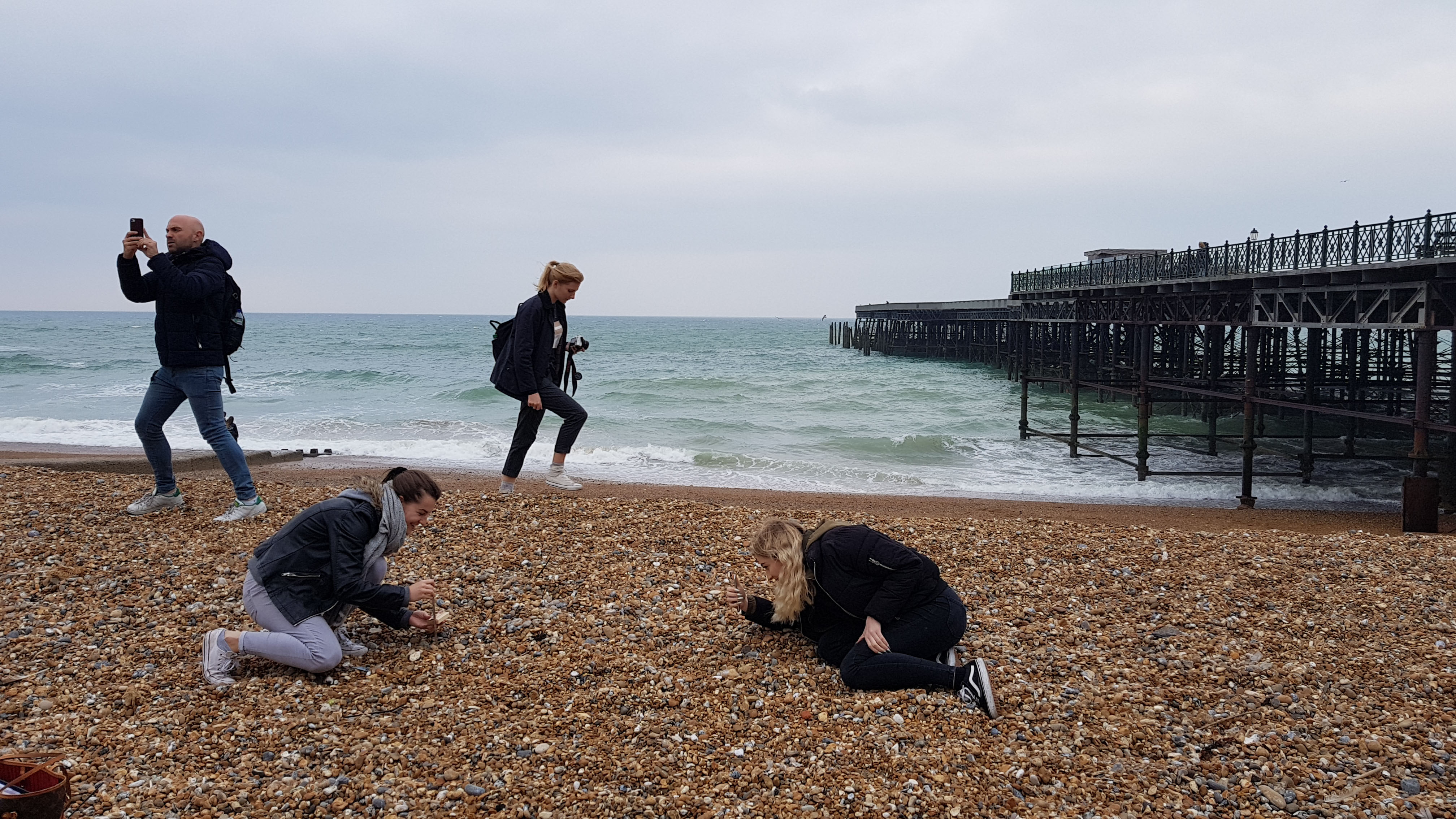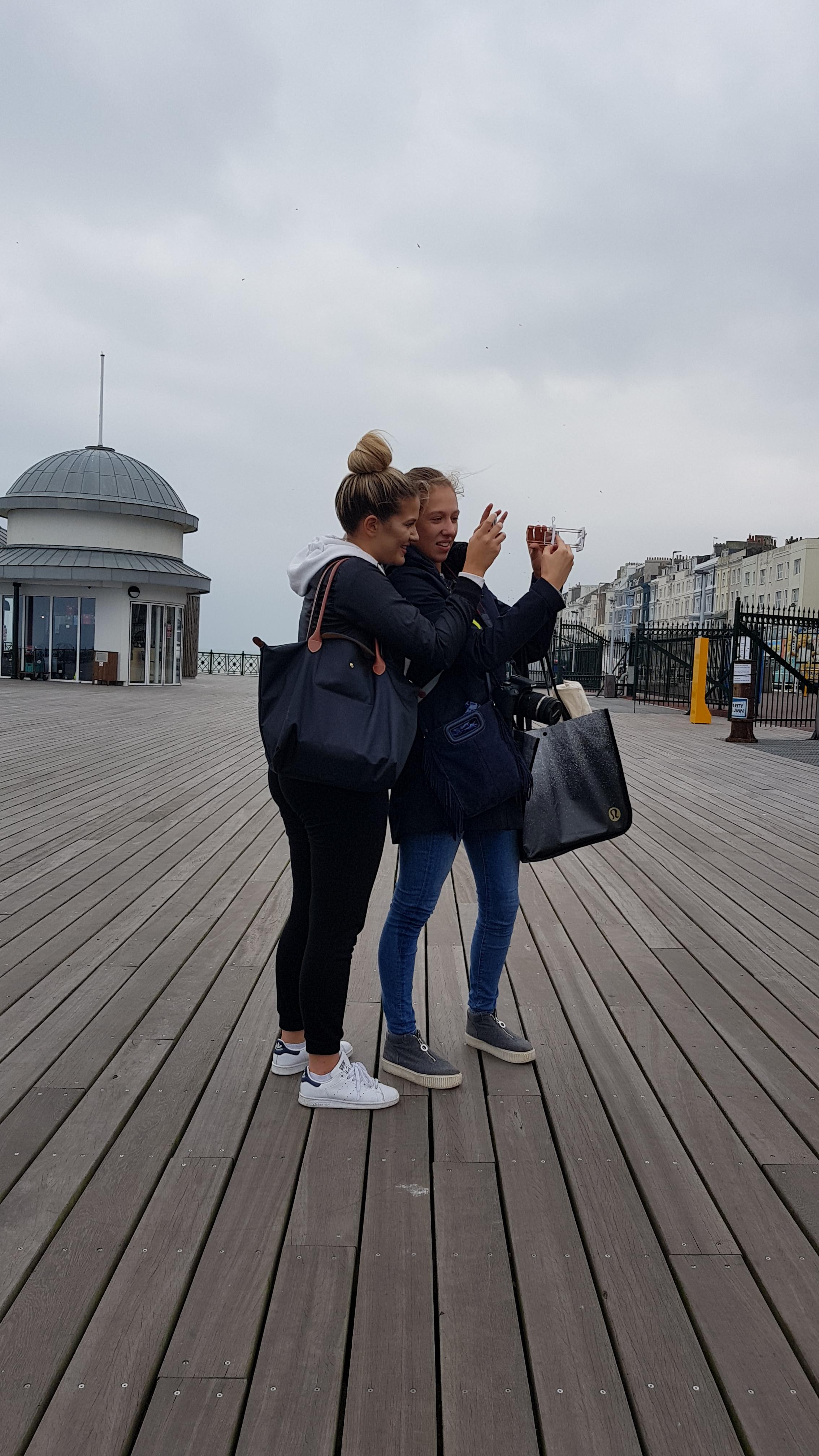Interior Architecture Year 2 ARCHIVE
SECOND YEAR
Tutors: Julia Dwyer, Matt Haycocks (Module Leader), Tania Lopez Winkler, Hapreet Lopa (from week 4)
Julia Dwyer‘s work addresses feminist spatial practices. She has written on collaborative practice, feminist architectural histories, place and identity, and architectural education. She teaches interior architecture and, collaborates on public art/design projects, and is a practicing architect.
Matt Haycocks is Senior Lecturer, designer and maker whose research concerns domestic and family photography, the historicisation of public space and the politics of place-making and branding.
Dr. Tania Lopez-Winkler is an award-winning artist and architect based in London.Her work explores the alter-ego as a means to enquire into different aspects of modernity. She encourages students to be curious, to follow intuitions, and to challenge habits of thought.
Semester 1: Culture and Alteration
The design module Culture and Alteration is made up of three separate interlinked projects.
Project 1: Object /Register/Site
Project 2: Light Narratives
Project 3: Seaside Souvenir
Insights and skills gained in Project 1. and Project 2. – a joint project with Year 3 – will be applied in the semester’s final project – Seaside Souvenir. This 6 week project combines the investigation and documentation of an existing host structure with the development and communication of a spatial proposal as a response to a brief and the spatial and human qualities of the building and its location. All three projects will contribute to the final portfolio.
Found Object Device/Register
For this assignment, the students have been asked to take an object from the city. Then, to use this found object, in combination with other materials, to construct a register.
In this case, a register is a device for sensing and recording. It is a ‘machine for experiencing’, which will detect and make manifest characteristics of a space. The register or device made in this project will be refined and employed again in Project 3 Site/Souvenirs to trace, record and to map the immaterial attributes of and around Hastings Pier. This might be the sounds, smells, light, tides, movement of people or atmospheres of the building(s). The register will be one part of the process of mapping and surveying, spaces we encounter on our site visit to Hastings.
The project rests on the idea that, when used to detect changes and compare qualities of spaces, such devices can prompt other ways of understanding inhabited environments than traditional architectural hand-eye approaches alone.
Light Narratives
Joint project with Year 3. Read more here.
Hasting Pier: Site Investigation
The purpose of the site-visit is to start to understand the conditions, opportunities and limitations of a place. The students will use surveying techniques learnt in Year 1 to measures and quantify physical structures and the environment. These techniques will be combined with other, some more experimental, methodologies. As well as looking, walking and drawing they will test their register/device from Project 1. The register will be used to trace, record and to map the immaterial attributes of the site; sounds, light, tides, movement of people and atmospheres of buildings and the neighbouring terrain.
A Souvenir of Hastings
Souvenir (n) 1775 ‘a remembrance or memory’ from French souvenir (C12) , from Old French noun use of souvenir (v.) ‘ to remember, to come to mind,’ from Latin subvenire ‘come to mind’ from sub up from below’ + venire to come.
Re-make the carpark as a space for the activity of the production and distribution of a souvenir from Hastings.
Travelers often buy or take souvenirs for themselves or as gifts for others. In this project we will look at the role of souvenirs as ethnographic artefacts. We will consider how souvenirs function between cultures by asking what a contemporary souvenir of Hasting might be and what form could it take.
The souvenir may not be an object; it might be an experience, an idea, a process, or an exchange of knowledge. There are, at least three, ‘communities’ involved in souvenirs the traveller (the giver), those who do not make the trip ( the receiver) and the local residents (who make and sell souvenirs). The students will develop an idea for a ‘souvenir’ and design a space where it is made and exchanged.











